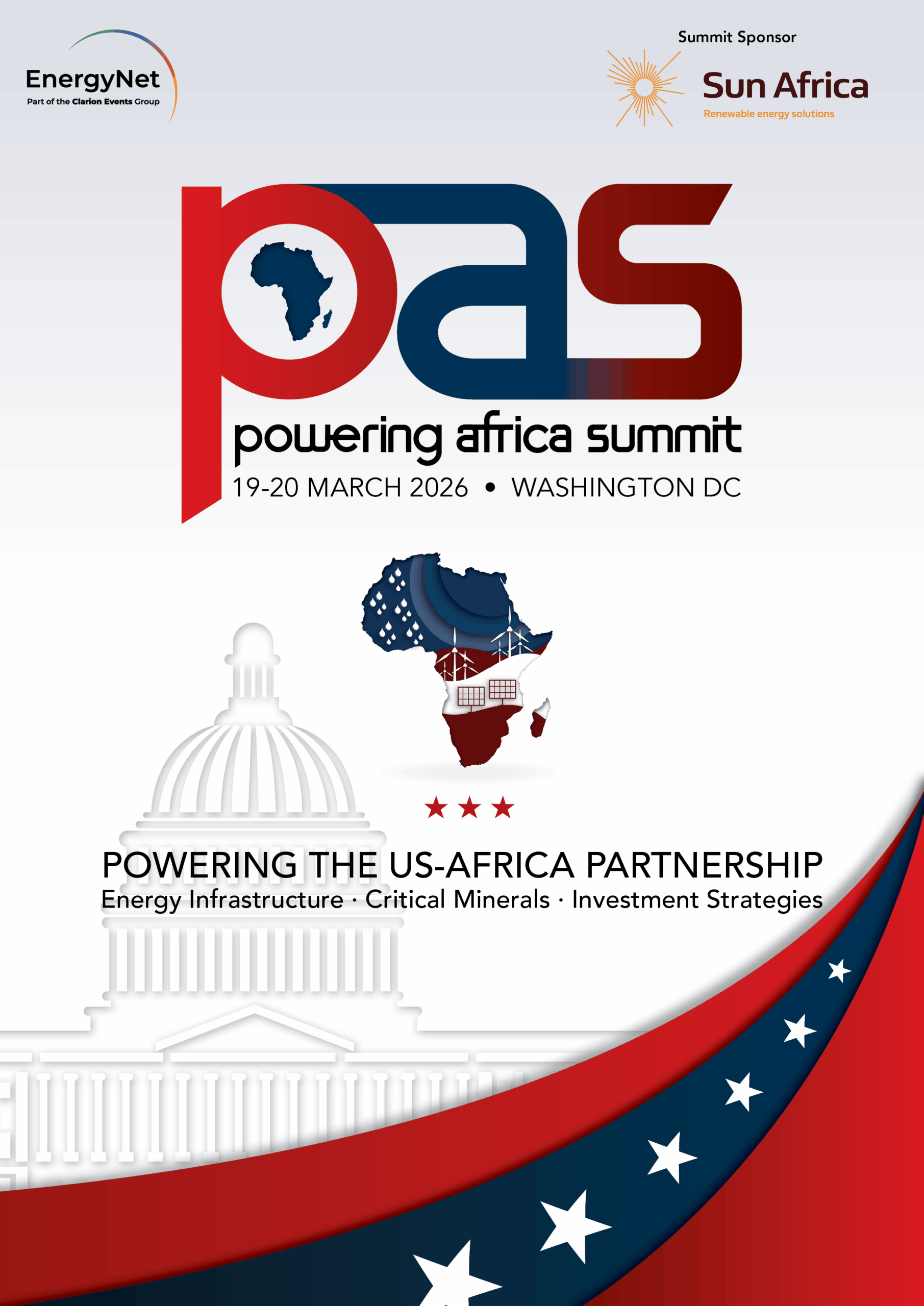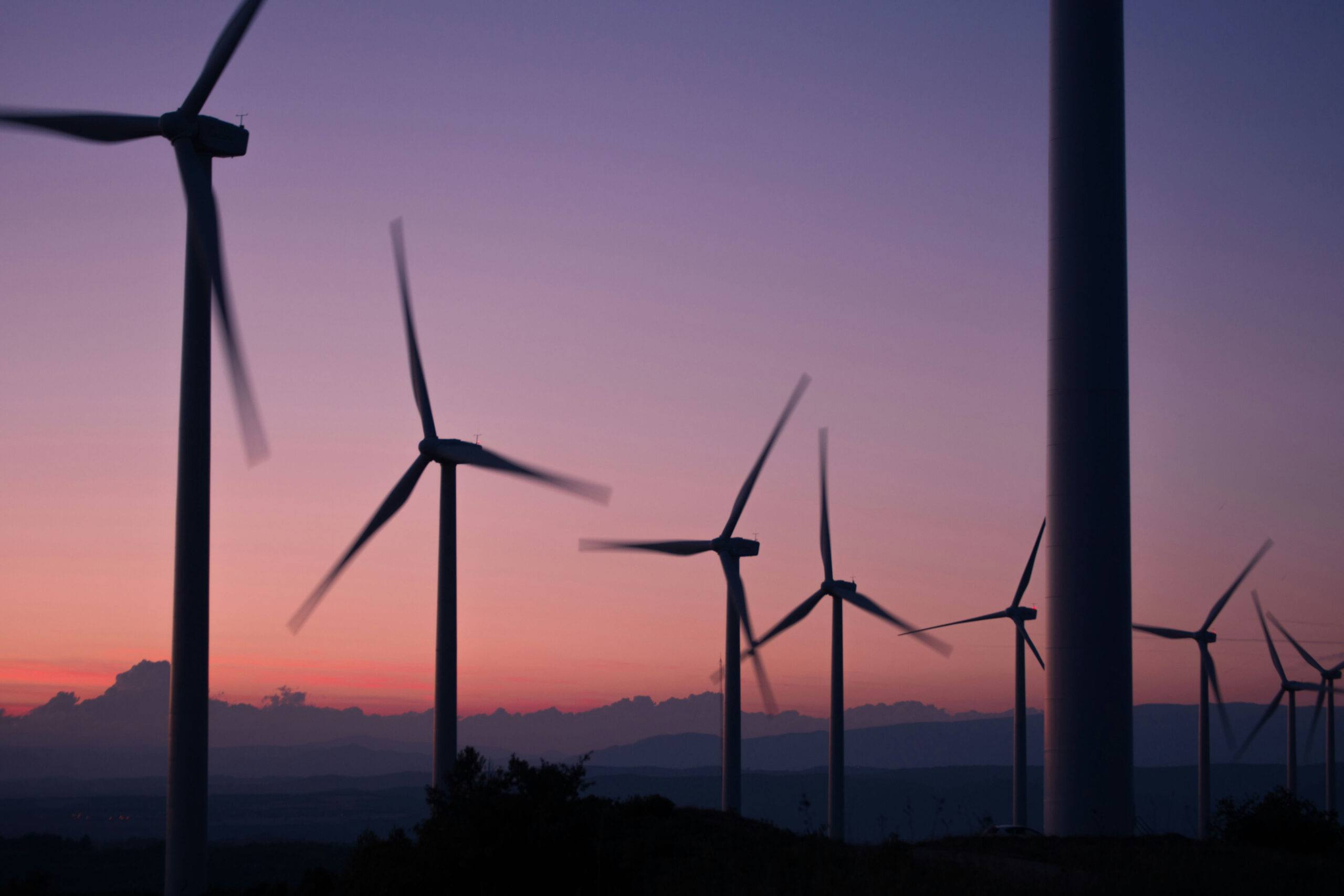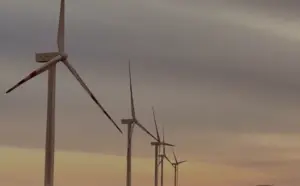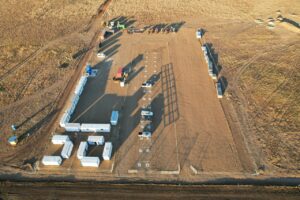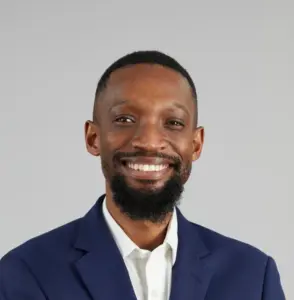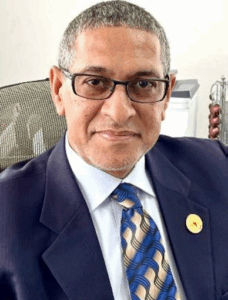
South Africa’s Overberg: turbo-charging wind power
South Africa’s Overberg project is set to become the continent’s biggest wind farm. As the final contracts are signed, we look at a potential model for the future of clean, low-cost power in Africa
In early June this year, the story of renewables in Africa changed.
The finalisation of the second stage of the Overberg wind-farm project at Swellendam, some 130 miles east of Cape Town, is a turning point in more ways than one. Overberg now ranks as Africa’s biggest single wind-turbine project, with an overall installed capacity of around 400 megawatts (MW) when the development comes fully online in 2027.
Just as significant, Overberg is an example of how financially and contractually complex renewable projects can work in Africa. The development has brought together Absa, Standard Bank and the state-owned Development Bank of Southern Africa (DBSA), working alongside the recently restructured state power operator Eskom, and involves developers and multiple ‘off-takers’ signing long-term power contracts.
The story so far
“There was a lot of work behind the scenes to get the lenders and off-takers across the line,” says Davide Pasi, business development director of Overberg’s lead project developer Red Rocket Energy. “I won’t say it was easy – but we’ve shown it can be done.”
“We are really positive about this,” adds Andre Nepgen, head of Discovery Green, the energy trader and distributor that in May signed up as the second large power off-taker for the Overberg project. “There’s an enormous amount still to do, there is a lot of learning to come, but things are changing and this is a sector that is now bubbling with excitement and innovation opportunity.”
To understand why Overberg matters, it helps to look back at the history of wind power investment in Africa. Wind has long ranked a distant second in African renewables, but there are reasons to believe that may be changing.
Today, wind and solar provide most of Africa’s renewable capacity, but around 70 per cent is solar. According to Bloomberg[1], Africa had 22 gigawatts (GW) of solar capacity in 2024, compared to only 8.8 GW of wind capacity. Wind has been slower to attract investment for several reasons: wind resources are not as widespread as solar; wind projects are more capital-intensive; development of wind farms takes far longer than for solar farms; they demand complex engineering skills; and the management and maintenance of wind facilities is more challenging.
The critical advantage
Yet wind has one major advantage over solar: it’s potentially available 24/7. That’s a big attraction in countries and regions where mining or manufacturing need electricity night and day.
But building and operating wind farms can be tough. That’s why so few African economies have much wind capacity. Until Overberg came on the scene, Africa had only two wind facilities generating more than 300 MW – Lake Turkana in Kenya and Tarfaya in Morocco. Most of the rest of the continent’s installed capacity is concentrated in just five other countries: Egypt, Ethiopia, Senegal, South Africa and Mauritania[2].
The electricity produced by large wind farms is normally purchased by state-controlled power operators. But Overberg is different. It will be Africa’s biggest wind generator where the electricity produced is all purchased by the private sector.
The biggest power off-taker from Overberg will be Richards Bay Minerals (RBM), a heavy mineral mining company based in KwaZulu-Natal and majority-owned by Rio Tinto. RBM has a smelter that consumes large amounts of electricity, and which requires power day and night since its furnaces cannot be shut down without incurring large costs.
Always on
“We’re a 24/7, 365 days a year operation,” says Bradley Reddy, general manager, growth strategy at RBM. “We need to be switched on and operating all the time. So, we need a mixture of power sources, and we need them to be renewable to meet our decarbonisation targets. We aim for around 30 per cent of solar power in the mix and the remainder is wind. To deliver the security of supply we need, it’s not just about the wind resource, it is also about the reputation and capability of the independent power producer – their pedigree and capability to deliver a world-class facility.”
He goes on to say that RBM is taking bold steps to be part of South Africa’s energy solution. “Our ambition is to source 100 per cent of our power from renewables by 2040, and we’re already progressing through projects like Overberg. A just energy transition means real local impact: jobs, supplier development, infrastructure and shared value for communities.”
Setting up a complex, capital-intensive, cost-competitive low-carbon plant like this is only possible if project developers and financial providers step up. And it needs a suitable regulatory environment. It is South Africa’s embrace of ‘wheeling’ (where low-carbon renewable power suppliers can connect to the national grid and conclude private power purchase agreements with consumers anywhere in the country) that has made projects such as Overberg financially viable.
Risk and return
For Nepgen of Discovery Green, success in private renewables projects of this sort comes down to managing risk. “If you have a generator dependent on how the wind blows, and business customers consuming power based on changing needs, that adds up to an enormous amount of risk,” he says. “That means that on the consumption side the more customers you have, and the more different industries, the better you can manage the risk.”
According to Pasi of Red Rocket Energy, one risk that Overberg is unlikely to face is shortage of customers.
“Everyone understands that coal – which supplies 80 per cent of South Africa’s electricity – is bad for the environment and corporates want to move away from that to meet their decarbonisation targets,” he says. “At the same time, wind energy is much cheaper than the power Eskom can produce and customers can get contracts of up to 25 years knowing from day one that the tariff will rise no more than the rate of inflation. It’s really a no-brainer.”
[1] https://assets.bbhub.io/professional/sites/24/Africa-Power-Transition-Factbook-2024.pdf
[2] https://energycapitalpower.com/top-10-wind-farms-in-africa/


